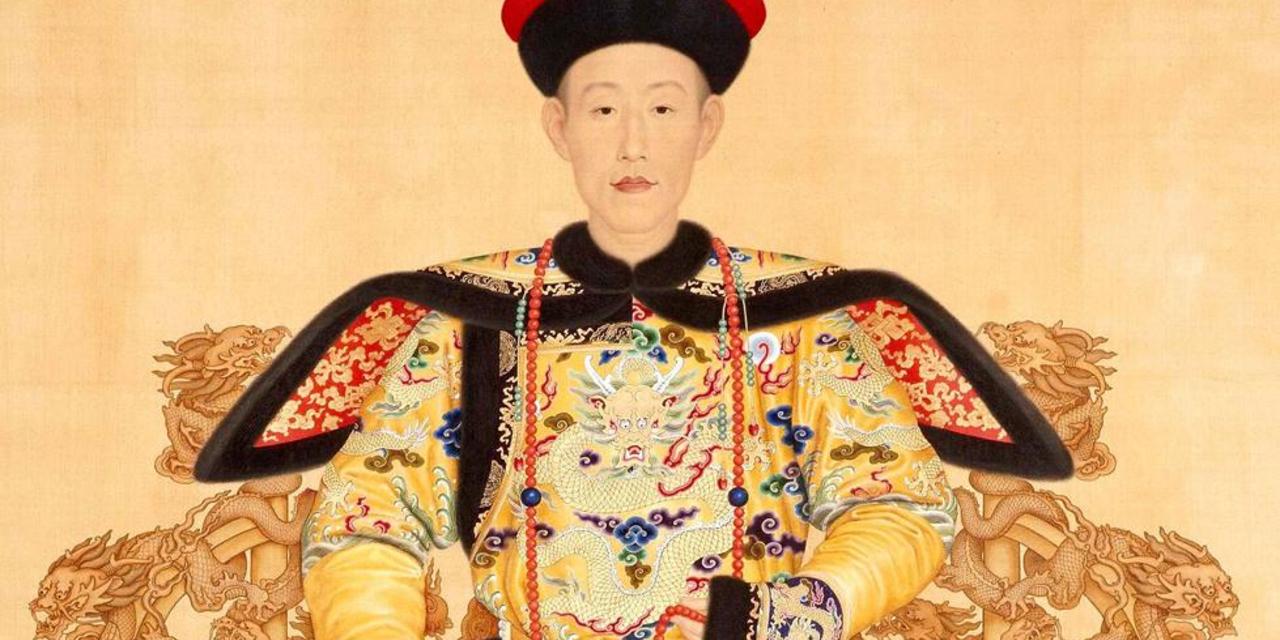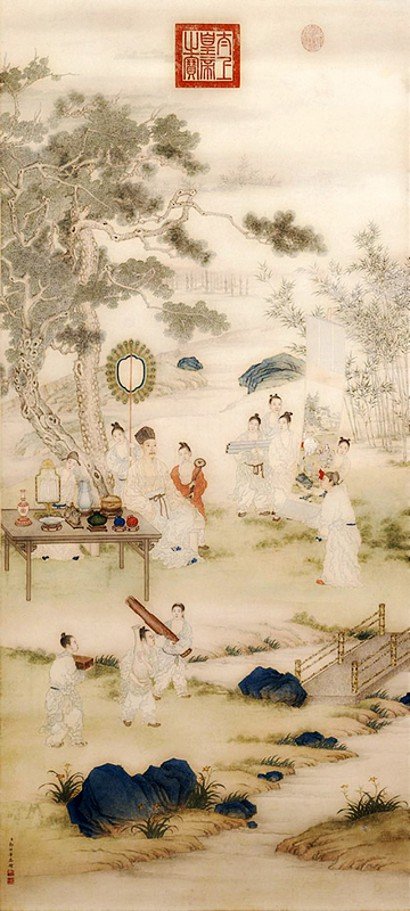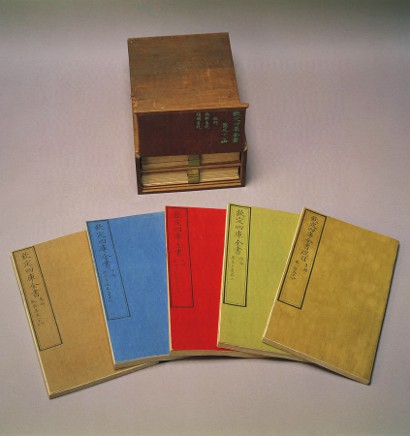The Chinese Emperor Qianlong As Art Collector

(A young Qianlong Emperor)
Chinese art is a fascinating exploration of elaborate culture. The Chinese emperor Yongzheng nominated his fourth son, Hongli, or ‘Great Successor’, as his successor who ruled as the Qianlong emperor between 1736 to 1795. His long reign was considered to be the apex of the Qing Dynasty. Through many of his campaigns he was able to increase his overall empire by bringing large parts of Central Asia under Qing rule. He was a man who was very familiar with Chinese culture, he wrote several essays and was said to have also written 42,000 poems.
His interests in Chinese culture were wide and he was responsible for commissioning artwork and paintings from both Chinese and foreign artists, he also acquired a multitude of ancient Chinese artifacts and he ensured that palace paintworks and calligraphy was properly catalogued. The Qianlong Emperor’s daily routine emphasizes his interest in culture and this interest was an integral part of his daily life. He would awake at 6am, after eating his first meal of the day he would then meet with his ministers to discuss reports and statements. Later on in the early afternoon he would then allow himself time for reading and writing verse, or he would paint.

(A beautiful scroll painting of the Emperor inspecting some of his art works)
Irrespective of his awareness of his Manchu roots emperor Qianlong immersed himself into Chinese art, the artistic projects which he personally authorized demonstrates vividly his interest in Chinese art. Throughout this period the imperial collections increased considerably to their largest size, much of this art was procured either by benefaction or through the confiscation of large amounts of earlier artwork.
One of these effects was that the imperial collection produced a catalogue of works which became an integral feature of the Palace Museum in Beijing and the National Palace Museum in Taipei. In understanding Chinese art we learn that it is significantly contextualised through the sentiment which commanded the 18th Century court collection. The artists which were considered to be of importance then are still thought to be of artistic value today whom feature as core points of discussion in contemporary textbooks. In addition to acquiring art on an unprecedented scale, as well as commissioning court painters to produce new works of art, emperor Qianlong ensured that huge cataloging projects were conducted in order to copy the sponsored scholarship in other areas.

(The Siku Quanshu - a collection of Chinese philosophy, history and literature)
The first catalogue project to occur was in relation to religious art, however this was conducted in a different manner to previous imperial collections. Qianlong ordered that subjects of religious significance were listed in a separate Buddhist and Daoist book of art, entitled Bi dian zhu lin (Forest of Pearls in the Secret Palaces) the work was completed in the Summer of 1744. The title of this particular piece of art represented a number of different meanings and this can be especially gauged when evaluating the work within the context of the title he chose the following year for his secular painting, calligraphy and textiles work which was entitled Shiqu baoji (Precious Book Box of the Stone Drain).
For both Shiqu baoji and Bi dian zhu lin collections Qianlong relied on playing with an engaging and historically meaningful theme. For example the Shiqu Ge, or the Stone Drain Pavillion, was the Western Han emperor’s library, it was also a site which had witnessed the imperial sponsorship of intellectual debates on the classics. This was commemorated in the first century in poetry by Ban Gu in the preface he wrote to the Two Capitals Rhapsody. Poignantly Qianlong owned a distinguished inkstone which had been made out of a small piece of this stone drain which had once been owned by the great Northern Song literatus Su Shi and Qianlong satisfyingly stated once it ‘had the mustiness of Old Po’s brush hand’.
There can be little doubt that what China experienced during the reign of emperor Qianlong was a period of unprecedented political, economic and cultural supremacy. It was Qianlong’s keen interest in culture which ensured both the preservation and promotion of different arts and mediums. The emperor’s active role in the arts was crucial for China’s cultural development. Throughout his time as emperor there was an increase in contact with the Western powers, particularly through Jesuit missionaries, and trade ties were also developed. This also influenced, to a certain degree, the desire for art and culture to be embraced in a more diverse capacity. Western engravings at this time were becoming more known, oil and fresco paintings were also becoming more commonly recognised and this had an influence on court and popular culture. Qianlong was keen to make sure that Chinese artists were also conscious of their cultural traditions as they often found it difficult to define and were not sure how best to preserve it. In line with previous masters they would often adopted art cultures based on tradition whilst simultaneously injecting their own unique creative styles and interpretations.
Beautiful post!
Hey thanks, glad you enjoyed it!